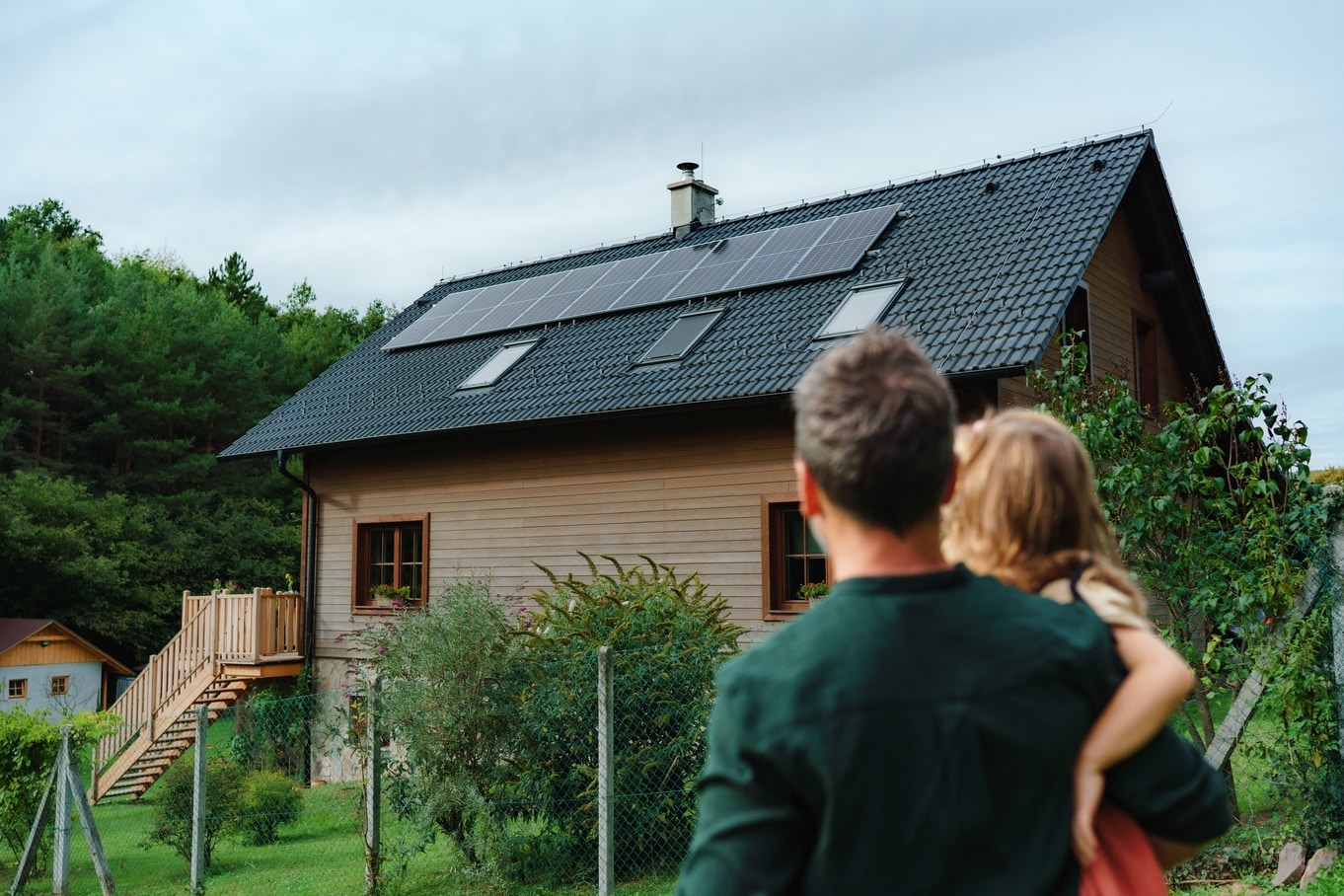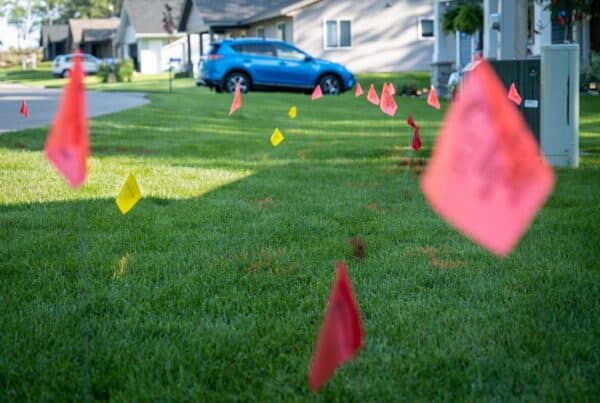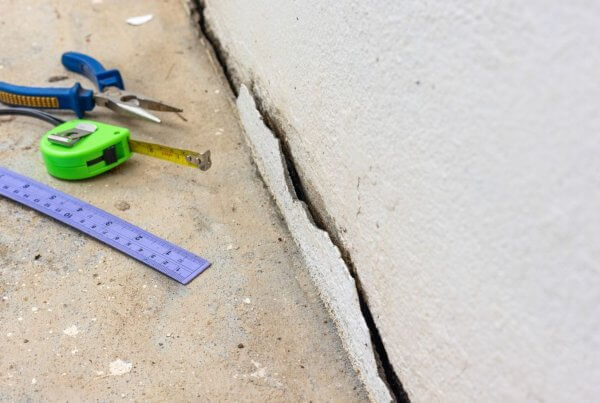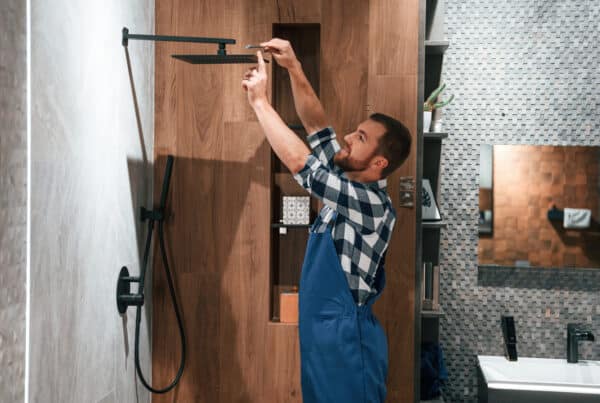Creating an eco-friendly home is not only beneficial for the environment but can also lead to long-term savings and a healthier living space. Whether you’re building a new house or looking to update your existing home, there are plenty of ways to reduce your carbon footprint and create a more sustainable lifestyle. Whatever the case may be, go into your project knowing some popular upgrades to your home to make it more eco-friendly.
Switch to Solar Panels
One of the most impactful upgrades you can make to your home is investing in solar panels. Solar energy is a renewable and clean energy source, making it a sustainable alternative to traditional electricity sourced from fossil fuels. Installing solar panels on your roof allows your household to generate its own electricity, reducing reliance on the grid and lowering energy bills over time.
While the upfront cost of solar panels can be substantial, many governments and local organizations offer incentives, tax credits, or rebates to offset this initial investment. Know how to get the most out of your solar panels so that you’re able to save more in the long term.
Upgrade Insulation
An often overlooked but highly effective way to make your home eco-friendly is by improving its insulation. Insulation helps retain heat in winter and keeps your home cool in the summer, which reduces the need for excessive heating or cooling. This directly translates to lower energy consumption and reduces greenhouse gas emissions.
Consider insulating your attic, walls, and floors with sustainable materials such as recycled or natural fibers. Double-glazed windows and weatherstripping can also help prevent drafts and improve overall thermal performance.
Insulation doesn’t just come in one type, there are several kinds of insulation to pick from. Be aware of what those different types are and discover which is the most convenient for your situation.
Install Energy-Efficient Appliances
Replacing old appliances with energy-efficient models is another simple step toward an eco-friendly home. Energy-saving refrigerators, washing machines, and dishwashers can make a noticeable difference in lowering your home’s power consumption.
Smart home technology is another avenue to explore. Smart thermostats, for example, allow you to monitor and control your home’s temperature remotely, ensuring energy is not wasted when you’re away. With energy-efficient appliances and smart home systems, you can take proactive steps toward greener living while reducing your utility bills.
Transition to LED Lighting
Lighting may seem like a small detail, but making the switch to LED bulbs can have a big impact on energy efficiency. LED bulbs use significantly less electricity than traditional incandescent bulbs and last much longer, reducing waste.
To maximize savings and efficiency, use natural light whenever possible by incorporating skylights or larger windows into your home design. Combining energy-efficient lighting with natural solutions creates a brighter, more uplifting home while reducing energy consumption.
Making your home more eco-friendly is a gradual but effective process. These steps not only reduce your ecological footprint but also contribute to a healthier and more comfortable home for you and your family. Start with one or two changes today and build your way toward a greener tomorrow.




